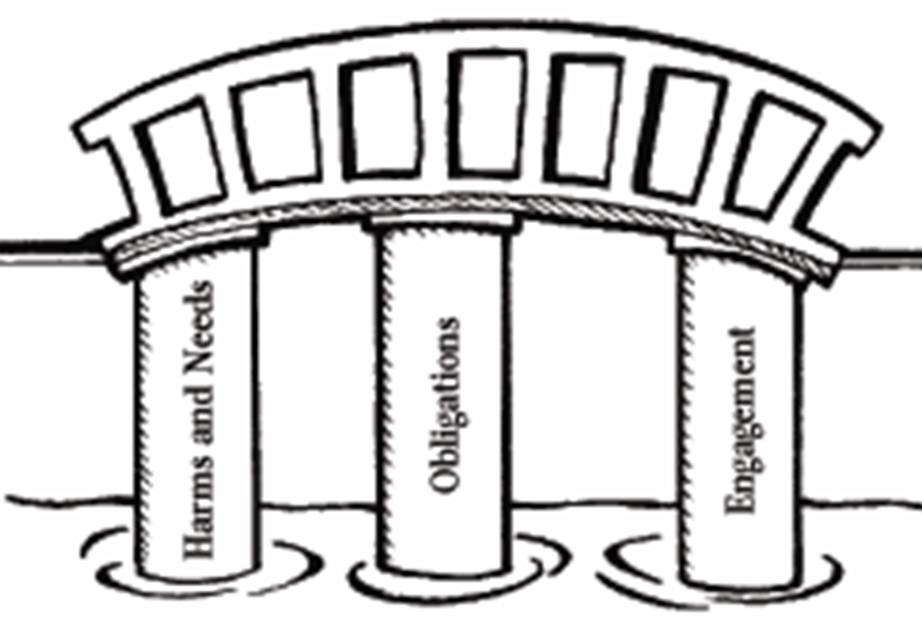What is Restorative Justice?
What is Restorative Justice?
The concept of restorative justice is ancient and is derived from the customs and traditions of indigenous cultures around the world. You may even recognize aspects of it in certain religious and spiritual traditions. Essentially, restorative justice challenges us to see beyond punishment and instead to consider methods that will repair the harm caused and that lead to healing.
In the United States, restorative justice is generally acknowledged to have emerged as an alternative to retributive (punitive) justice models in the 1970s. As communities failed to achieve real progress and change through those systems, they started looking to indigenous practices such as restorative justice as a different approach.
Grand Valley State University adopted a restorative justice model for addressing student conduct in January 2021. To qualify for restorative outcomes, an offender must recommit themselves to being a positive member of our Laker community and to utilizing educational tools that will aid in accomplishing that goal. The Office of Student Conduct and Conflict Resolution (OSCCR) will meet with harmed parties and offending parties to understand the best tools to do that. Through restorative circles, workshops, reflection, and other tools, we seek to build a better experience for all students after conflict arises.
Since we are utilizing what we know to be indigenous practices, OSCCR would specifically like to recognize the People of the Three Fires: the Ojibwe, Odawa, and Bodawademi peoples. GVSU’s campuses are built on their ancestral territory. We conduct this land acknowledgment as a reminder of the histories, teachings, traditions, and the first people who originated here and who tend to Mshkiikii (land/earth) always. To be good visitors on this land, we also have the responsibility to learn about the history of settler colonialism and its impact on Indigenous people.
"Restorative justice is a process to involve, to the extent possible, those who have a stake in the specific offense and to collectively identify and address harms, needs, and obligations, in order to heal and put things as right as possible."
- Howard Zehr, The Little Book of Restorative Justice

Restorative Justice can not function without its three pillars: Harms and Needs, Obligations, and Engagement. Without all three of these aspects of conflict, Restorative Justice can not exist.
Why do people respond well to Restorative Justice?
Restorative Justice is not punitive, and in this, it allows for people to make mistakes, learn from them, and still feel they are a valuable member of their community.
Restorative Justice:
- Is more like mediation
- Is people-centered
- Identifies harm
- Invites participation
- Is balanced between the harmed party and the offender
- Can actually strengthen the community following an incident
WHEREAS
Retributive (Punitive) Justice:
- Is more like the traditional criminal justice system
- Is procedure-centered
- Identifies a law or rule violation
- Limits participation
- Is offender-focused
- Often leaves residual trauma from incidents in the community
